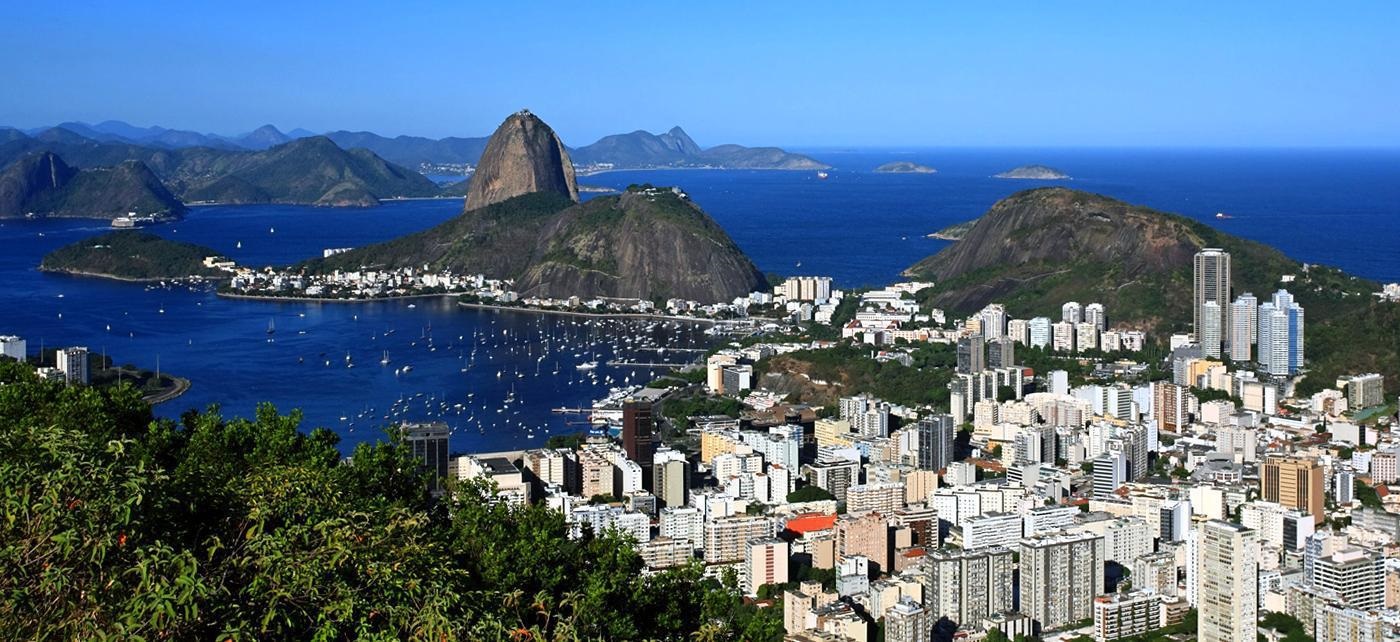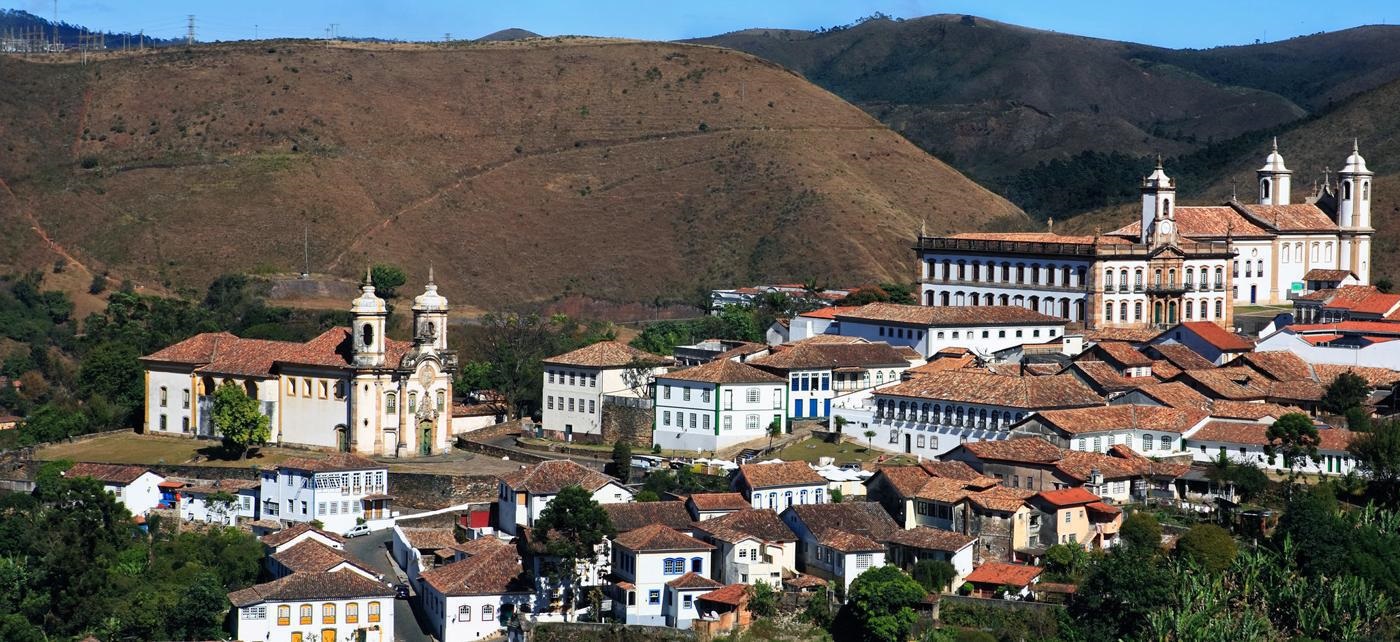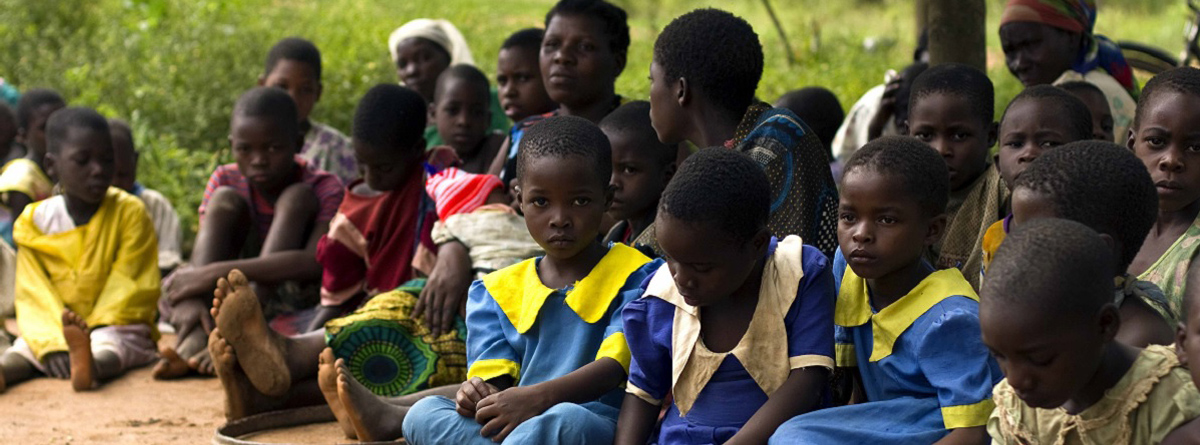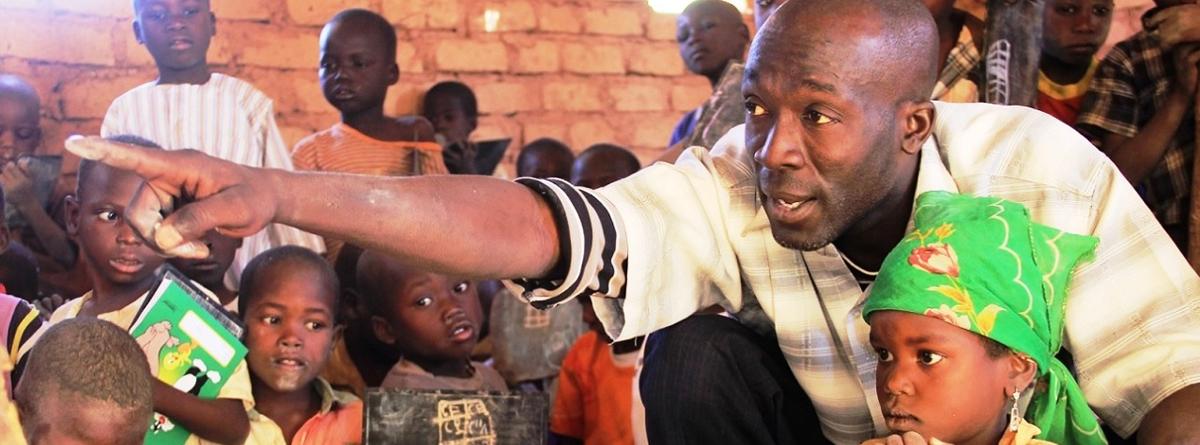|
|
Brazil
Chicago – Bridgeview




Profile
Brazil, officially the Federative Republic of Brazil is the largest country in South America. It is the world's fifth largest country, both by geographical area and by population. It is the only Portuguese-speaking country in the Americas and the largest lusophone country in the world.
The etymology of Brazil remains unclear. Traditionally, the word "Brazil" comes from the brazilwood, a timber tree whose many sailors traded from Brazilian regions to Europe in the 15th century. In Portuguese brazilwood is called pau-brasil, with the word brasil commonly given the etymology "red like an ember". This theory is taught as official in schools of Brazil and Portugal, but some Brazilian scholars have postulated that the word is older, being found in the language of ancient Phoenicians and maybe has Celtic origins. These people kept the trade of a red dye extracted from a mineral which operated mines in Iberia to Ireland.
The core culture of Brazil is derived from Portuguese culture, because of its strong colonial ties with the Portuguese empire. Among other influences, the Portuguese introduced the Portuguese language, Roman Catholicism and colonial architectural styles. The culture was, however, also strongly influenced by African, indigenous and non-Portuguese European cultures and traditions. Some aspects of Brazilian culture were influenced by the contributions of Italian, German and other European immigrants who arrived in large numbers in the South and Southeast of Brazil.
The oldest known examples of Brazilian art are cave paintings in Serra da Capivara National Park in the state of Piauí, dating back to c. 13,000 BC. One of the most sophisticated kinds of Pre-Columbian artifact found in Brazil is the sophisticated Marajoara pottery (c. 800–1400 AD), from cultures flourishing on Marajó Island and around the region of Santarém, and statuettes and cult objects, such as the small carved-stone amulets called muiraquitãs, also belong to these cultures. Many of the Jesuits worked in Brazil under the influence of the Baroque, the dominant style in Brazil until the early 19th century.
Brazilian cuisine varies greatly by region. This diversity reflects the country's mix of native and immigrants. This has created a national cooking style marked by the preservation of regional differences. Since the colonial period, the Feijoada, directly linked to the presence of blacks in Brazilian land, has been the country's national dish. Luís da Câmara Cascudo wrote that, having been revised and adapted in each region of the country it’s no longer just a dish but has become a complete food. Rice and beans, also present in the feijoada, and that are considered basic at Brazilians table, is highly regarded as healthy because it contains almost all amino acids, fiber and starches needed for our body.
Last Update: August 2011.
The etymology of Brazil remains unclear. Traditionally, the word "Brazil" comes from the brazilwood, a timber tree whose many sailors traded from Brazilian regions to Europe in the 15th century. In Portuguese brazilwood is called pau-brasil, with the word brasil commonly given the etymology "red like an ember". This theory is taught as official in schools of Brazil and Portugal, but some Brazilian scholars have postulated that the word is older, being found in the language of ancient Phoenicians and maybe has Celtic origins. These people kept the trade of a red dye extracted from a mineral which operated mines in Iberia to Ireland.
The core culture of Brazil is derived from Portuguese culture, because of its strong colonial ties with the Portuguese empire. Among other influences, the Portuguese introduced the Portuguese language, Roman Catholicism and colonial architectural styles. The culture was, however, also strongly influenced by African, indigenous and non-Portuguese European cultures and traditions. Some aspects of Brazilian culture were influenced by the contributions of Italian, German and other European immigrants who arrived in large numbers in the South and Southeast of Brazil.
The oldest known examples of Brazilian art are cave paintings in Serra da Capivara National Park in the state of Piauí, dating back to c. 13,000 BC. One of the most sophisticated kinds of Pre-Columbian artifact found in Brazil is the sophisticated Marajoara pottery (c. 800–1400 AD), from cultures flourishing on Marajó Island and around the region of Santarém, and statuettes and cult objects, such as the small carved-stone amulets called muiraquitãs, also belong to these cultures. Many of the Jesuits worked in Brazil under the influence of the Baroque, the dominant style in Brazil until the early 19th century.
Brazilian cuisine varies greatly by region. This diversity reflects the country's mix of native and immigrants. This has created a national cooking style marked by the preservation of regional differences. Since the colonial period, the Feijoada, directly linked to the presence of blacks in Brazilian land, has been the country's national dish. Luís da Câmara Cascudo wrote that, having been revised and adapted in each region of the country it’s no longer just a dish but has become a complete food. Rice and beans, also present in the feijoada, and that are considered basic at Brazilians table, is highly regarded as healthy because it contains almost all amino acids, fiber and starches needed for our body.
Last Update: August 2011.
Country Location










